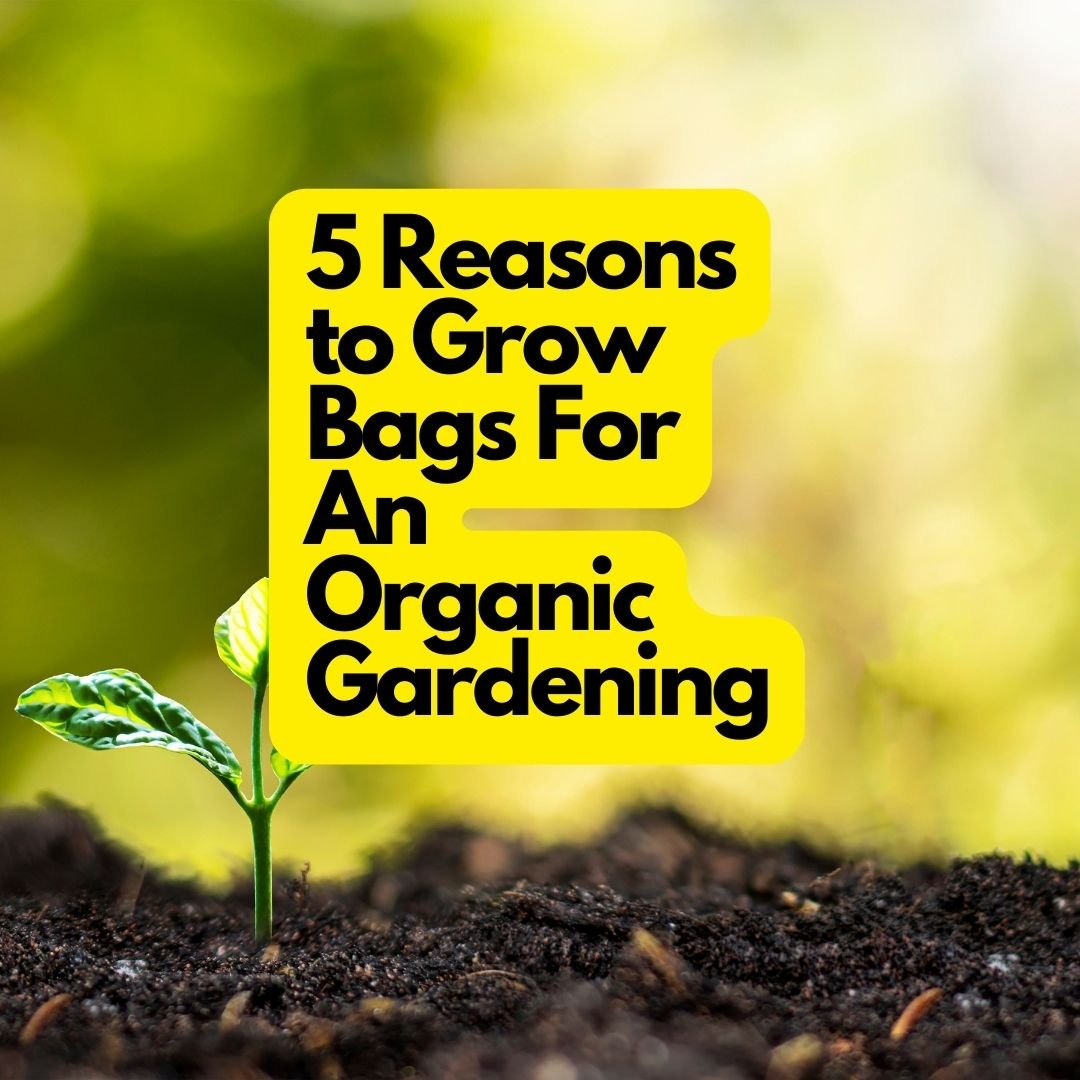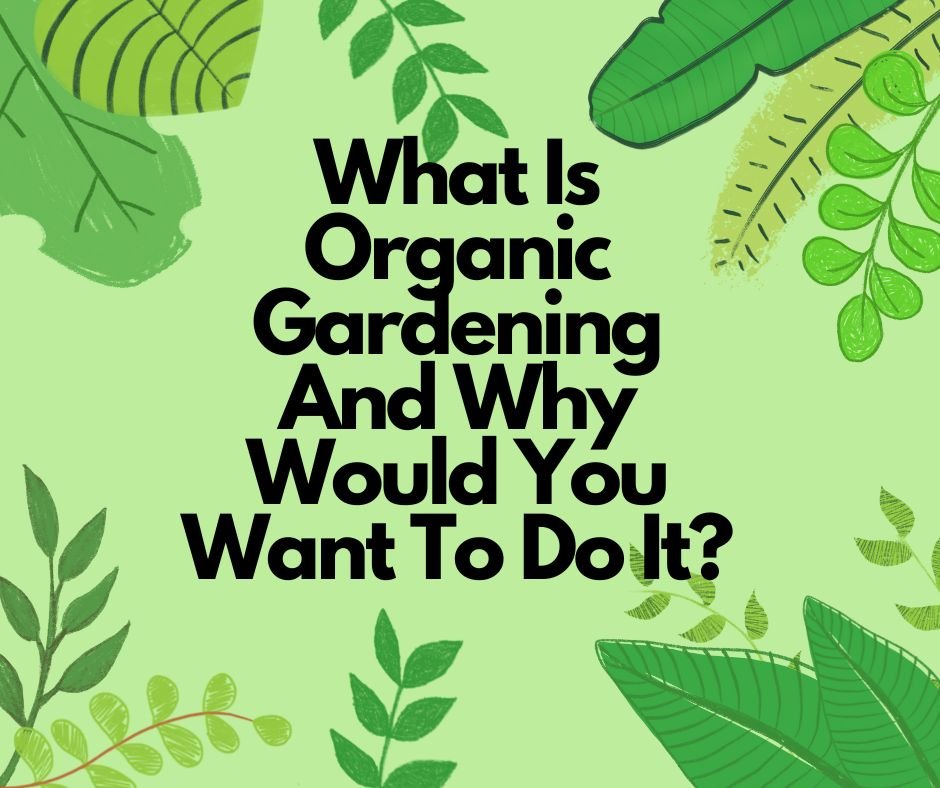Grow Bags For An Organic Gardening
Grow bags have many benefits, including the fact that they can be placed in an area where there is limited space, and because they’re lightweight and easily transported, they are perfect for gardeners who don’t want to spend a lot of time tending to their garden. However, before you start your next outdoor project, make sure you read this article and learn all about grow bags!

Why Grow Bags?
Grow bags are an excellent way to garden organically. They are made from a breathable fabric that allows roots to grow freely while aerating the soil and preventing compaction. This results in healthier plants with more robust root systems. Additionally, grow bags can be reused for several years, which makes them a more sustainable option than traditional pots or planters.
Types of Grow Bags
There are two types of grow bags: fabric and plastic. Fabric grow bags are made from a breathable material, such as felt, that allows air and water to circulate around the roots of your plants. This promotes healthy root growth and prevents the roots from becoming waterlogged. Plastic grow bags are typically made from recycled materials and can be reused multiple times. They offer superior drainage and aeration, which is ideal for plants that require lots of water, such as tomatoes.
Pros and Cons of Grow Bags
Growing plants in grow bags has a number of advantages over traditional gardening methods. Perhaps the most obvious benefit is that grow bags can be moved around easily, which is great for gardeners who have limited space or who want to change up their garden layout frequently. Grow bags also require less water than other types of gardens, and they improve drainage and aeration while preventing soil compaction.
On the downside, grow bags can be more expensive than other gardening methods, and they may not last as long as some other options. Additionally, because they are lightweight, grow bags can blow away in strong winds unless they are anchored down securely.
How to Use Grow Bags for An Organic Garden
If you’re looking to start an organic garden, grow bags are a great option. They’re easy to use and allow you to control the soil quality and drainage for your plants. Plus, they can be moved around easily, which is great if you have a small space or want to change up your garden layout. Here’s how to use grow bags for an organic garden:
- Choose the right size to grow a bag for your plants. If you’re not sure, ask at your local nursery or gardening store.
- Fill the grow bag with an organic potting mix. You can find this at most gardening stores or online.
- Water the mix until it’s moist but not soggy. Then add your plants and give them plenty of water.
- Place the grow bag in a sunny spot and water regularly, as needed. Be sure to check the soil moisture levels so you don’t overwater or underwater your plants.
- When it’s time to harvest your crops, simply lift up the grow bag and enjoy!
What You Need to Know About Growing in a Grow Bag
Grow bags are an excellent way to garden organically. They offer many benefits over traditional gardening methods, including improved drainage and aeration, reduced compaction, and better root growth. Grow bags are also easier to set up and maintain than in-ground gardens.
If you’re new to organic gardening, or if you’re looking for an easy and efficient way to grow your own food, grow bags may be the perfect solution for you. Here’s what you need to know about growing in a grow bag:
- Select a high-quality grow bag. Look for a bag made from breathable fabric, such as burlap or canvas. Avoid plastic bags, which can suffocate roots and lead to overheating.
- Fill your grow bag with a mix of organic compost and soil. You can find organic compost and soil at most garden centers or online retailers.
- Plant your seeds or seedlings according to the instructions on the packet. Be sure to water regularly – at least once a day – during the growing season.
- When your plants are big enough, fertilize them with an organic fertilizer according to the package directions. This will help them thrive and produce bumper crops!
- Harvest your fruits and vegetables when they’re ripe and enjoy the fruits of your labor!
Conclusion
If you’re looking for a way to have an organic garden that is both productive and easy to maintain, grow bags are a great option. With just a few simple tips, you can be well on your way to enjoying the fruits (and vegetables) of your labor. Thanks for reading!
Greyhound Dog Care & Qualities


